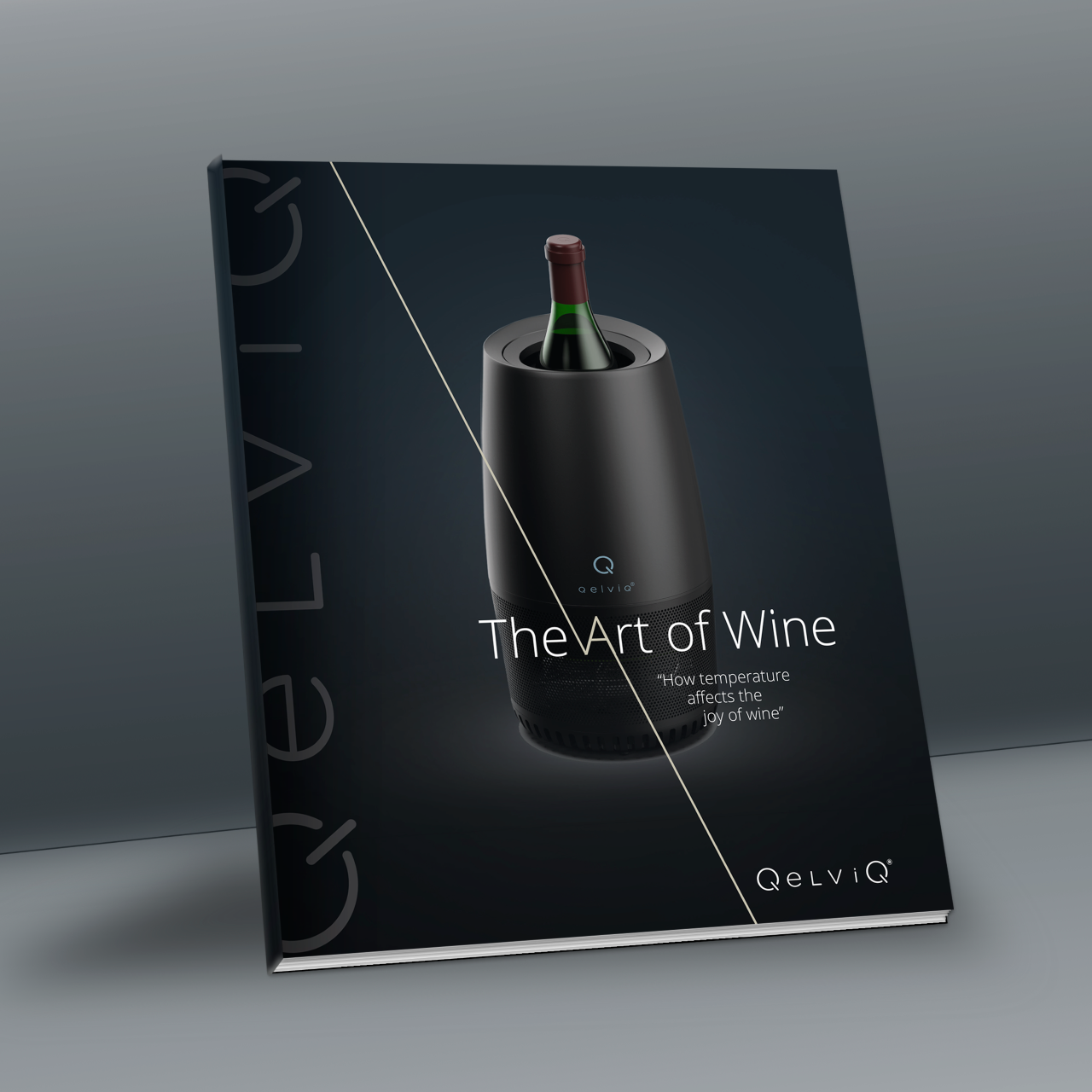Top sommelier Raimonds Tomsons: “Wine at room temperature remains a classic mistake”
Award winning sommelier Raimonds Tomsons has a very clear and specific vision on the ideal wine serving temperature and some simple tips and tricks to achieve a superior wine taste.
Raimond Tomsons is a member of the board of the Latvian Sommelier Association. He won several international awards, including ‘Best Sommelier of the Baltics’ in 2015 and ‘A.S.I. Best Sommelier of Europe and Africa’ in 2017.
How important is the factor ‘temperature’ in your profession? Can you illustrate this?
Raimonds Tomsons (R.T.): “Serving temperature for wines and spirits is extremely important. It is the responsibility of sommeliers to create perfect conditions for guests to appreciate wine. Including temperature, which directly can influence the flavour, taste and food pairing.”
In your view: does the end-consumer ‘destroy’ lots of wine quality by serving the wines too hot (red) or too cold (whites)? Which wine types suf-fer the most? Or is this a cliché?
R.T.: “Yes, I agree with that statement and, again, we have to explain correctly the importance of serving temperature to our guests! Imagine a complex and layered Palo Cortado served at 20 °C (68°F). Unfortunately, I have experienced that and I felt mostly alcohol! Also, fine quality white wines and champagnes suffer a lot, being served too cold and fine complex, wealthy structured red wines being served over 18 °C (64.4°F).”
Do you find that enough time and effort during wine education is being invested in this ‘serving paradox’?
R.T.: “Unfortunately not! I try to do that whenever possible, in every tasting I guide.”
You travel a lot. In your experience, are there countries where people, even professionals, are making more ‘mistakes’ against the correct wine serving temperature? And if so, how do you explain this phenomenon? Is it a ‘cultural’ question?
R.T.: “Well, unfortunately it is still a sensitive topic in our country, but as I said, I try to explain in many restaurants the importance of that. Regarding other countries, it is difficult to name a specific one, but my last glass of warm Palo Cortado was in a fine dining restaurant in Andalusia...”
On many back labels – certainly for reds – we still read “serve it at 20°C (68°F)”. Is this in your view too hot? Or is this practice a thing of the past?
R.T.: “I think it is far too warm! For me red wine should not be served more than 18 °C (64.4°F)! I even recommend to serve it slightly cooler (16/17 °C)(60.8/62.6°F), because it will warm up anyway. Serving red wines at room temperature, unfortunately, is still regarded as classic.”
Does this temperature problem also occur in professional settings (restau rants, bars, hotels) or is it more a consumer problem?
R.T.: “Both! Consumers do not pay attention, because they do not realize how important temperature is. They just are there to enjoy their wine. In many restaurants, it is still a problem because of a lack of information and knowledge about this topic. An area that in my view is the responsibility of management!”
What is the best and worst wine experience that you had with wrongly served bottles? Can you remember which fine wines were destroyed by a too hot/too cold serving?
R.T.: “A warm Palo Cortado in Andalusia – just felt alcohol. And a glass of fine Burgundy served far too cold! I also had too warm New World red wines served, it is awful!”
When you uncork and serve bottles, professionally or with friends and family, what is the crucial factor concerning the correct serving temperature: the vintage, the DOC(G), the varietal,...?
R.T.: “Well, a lot of things matter! I think that style, grape variety, quality and age of a wine are the most important. Also, the weather condition at that moment plays its role. And for me, also the people and guests, who will be served. But MOST important is to explain this topic in a very humble but correct way, so the consumer can understand this.”
To conclude: what’s the best advice that you can give to consumers that want to drink their wines in perfect conditions? What are the do’s and don’ts?
R.T.: “Try the same wines next to each other, served at different temperatures. I think this practical approach is one of the best to understand the difference! If you enjoy a fine quality white wine or champagne, try to serve it at 10°C (50°F), because this is not too cold and will not mask the complexity of these wines. On the contrary, it will enhance its complexity! For fine and medium structured red wines (Pinot Noir, for example), try them at 15°C (59°F) and observe how the wine changes and expresses its freshness and lively fruity character. And for high alcoholic, bold red wines – do not serve them warmer than 18°C (64.4°F)! If you like fortified wines, do not serve them warmer than 14°C (57.2°F), because they are higher in alcohol and serving them too warm will enhance the warmth of the alcohol.”
Do you want to enjoy your wine at the optimal temperature and taste, and take the guess work out of what that temperature should be? Check out QelviQ. Your Personal Sommelier.

Wine lover? Want to learn even more? Download your FREE 64 page e-book!

"Hi l am Wim, sommelier, and wine enthusiast just like you! My fellow sommeliers understand the importance of serving wine at the correct temperature. They know that if wine is too warm, it will lose its flavors and complexities, and if wine is served too cold, it will numb your taste buds. A few world renown sommeliers and myself will explain this further, and share some interesting (taste) case studies."
